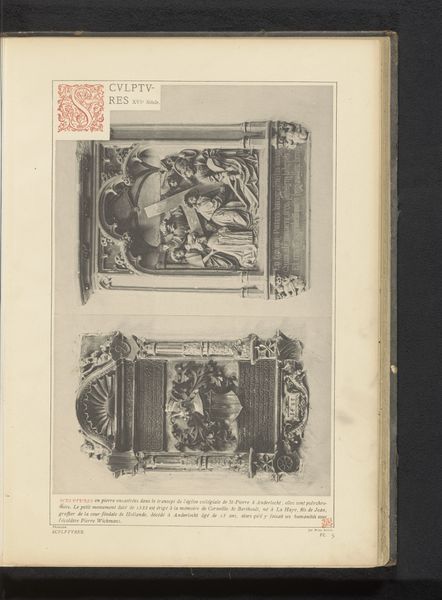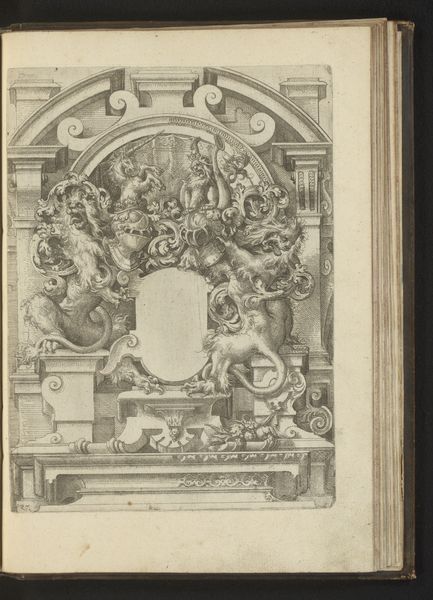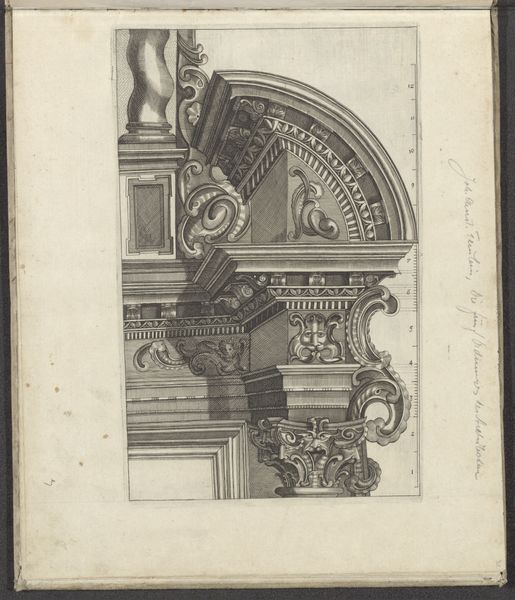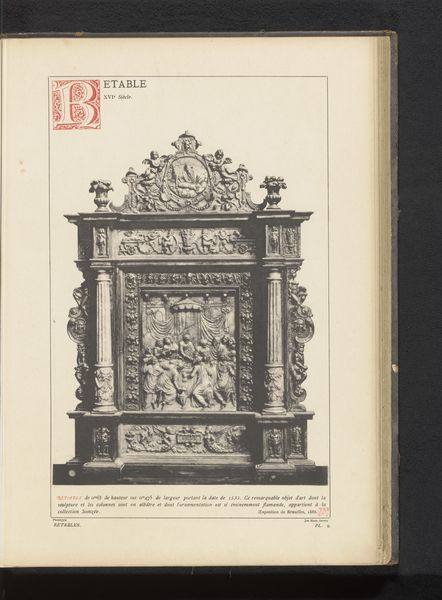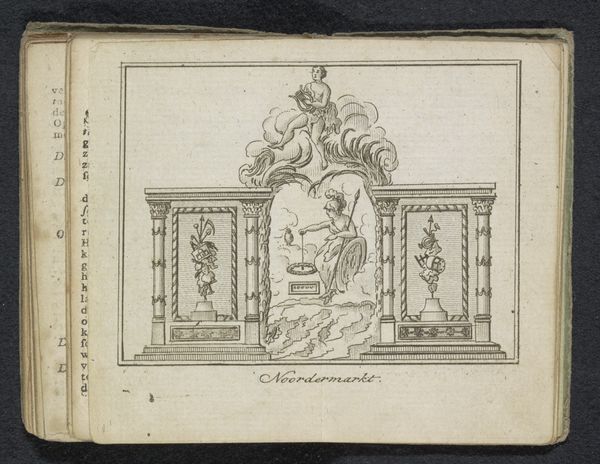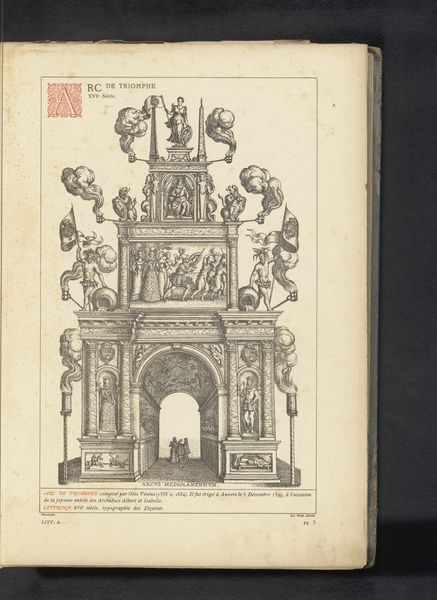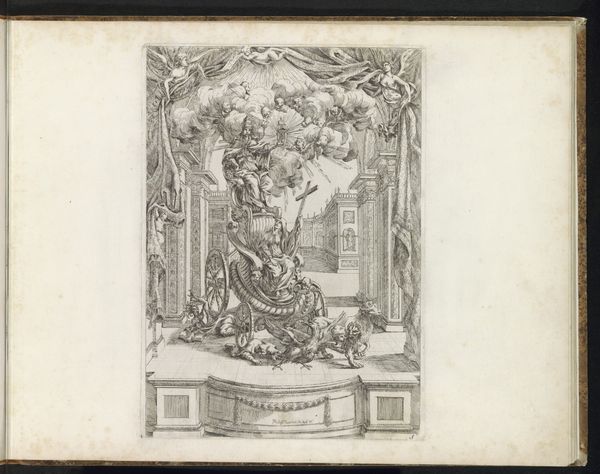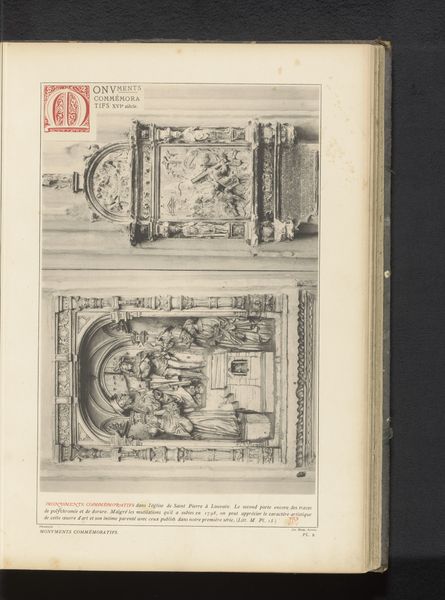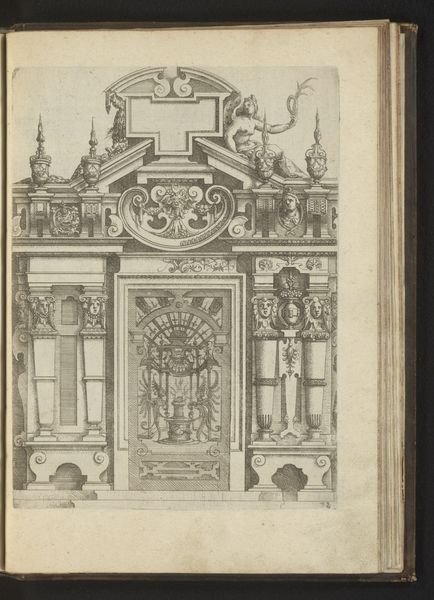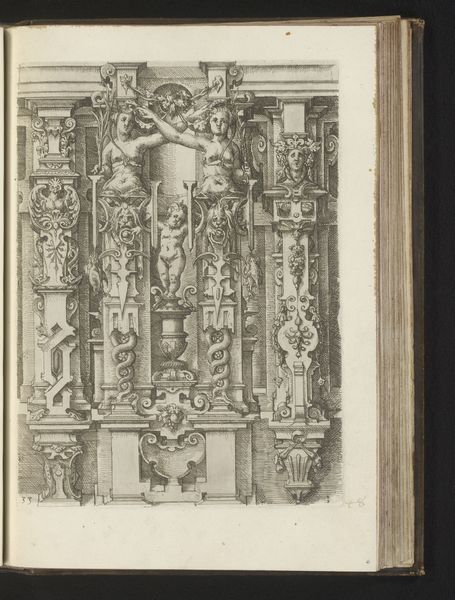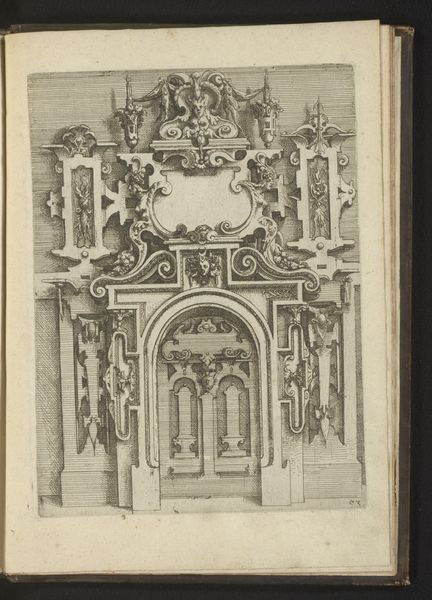
relief, sculpture, wood
#
relief
#
sculpture
#
wood
#
history-painting
Dimensions: height 341 mm, width 235 mm
Copyright: Rijks Museum: Open Domain
Editor: Here we have an image of oak sculptures in the Onze-Lieve-Vrouwekerk in Dendermonde, made before 1889. The high level of detail in the relief is pretty impressive. What’s your take? Curator: The oak immediately draws my attention. Consider the labor involved in selecting, carving, and transporting such material. The very density of the wood dictates the process; its grain informs the artist's cuts, each layer peeled away demanding physical strength. This wasn't merely artistic vision; it was a physical undertaking. Editor: That’s a very hands-on way of viewing the work. It almost sounds as though you think that the oak has its say in the process of carving the figures. Curator: Precisely. It raises interesting questions about authorship. Where does the sculptor’s control end, and where does the material’s inherent properties begin? We see here, not just a sculptor, but also timber merchants, haulers, and perhaps the community who planted the tree centuries before. How do they shape the aesthetic meaning we glean today? Editor: So it's about decentering the individual genius of the artist? Curator: Exactly. Artmaking is fundamentally social, materially driven, and dependent on the forces of labor and capital. What looks to be a singular creation reveals layers of dependency. That decorative frame isn’t simply ornamental – it shows how wealth is inextricably entwined with what is made, seen, and revered. Editor: So the sculpture isn’t just art, it’s also a product of specific means of production. I’ll definitely look at materials differently from now on! Curator: It allows us to view the church, the artist, and the wood itself in their intricate context. Everything is deeply connected.
Comments
No comments
Be the first to comment and join the conversation on the ultimate creative platform.
